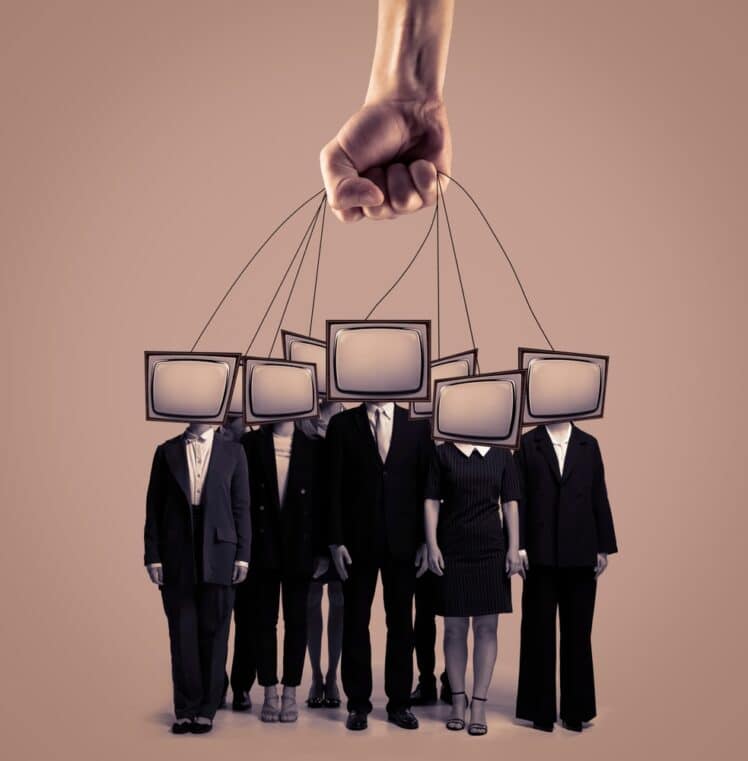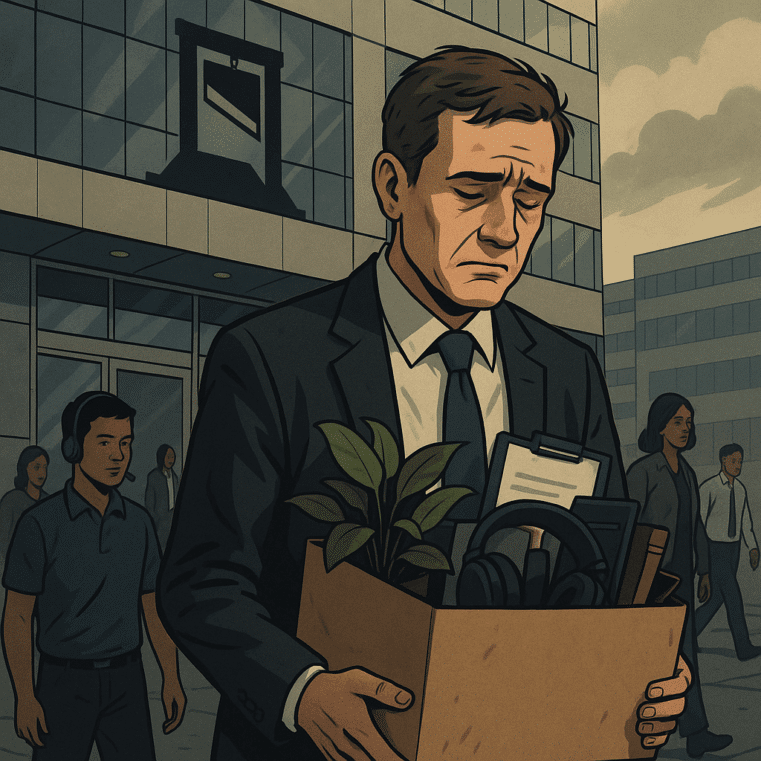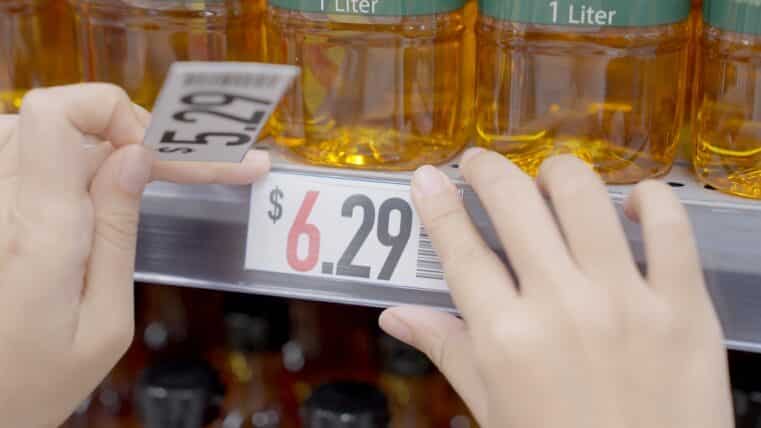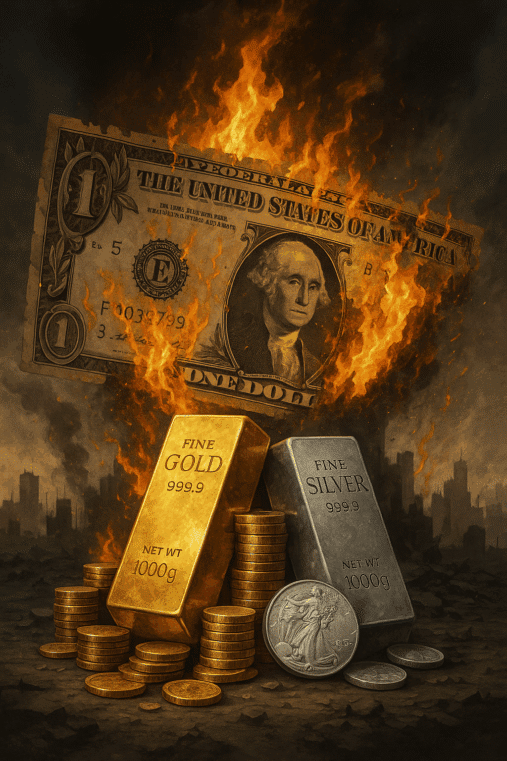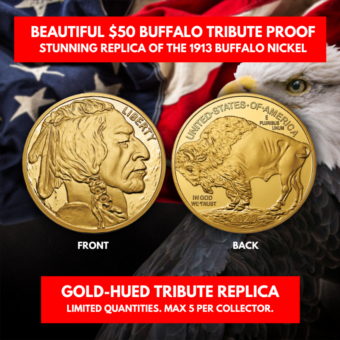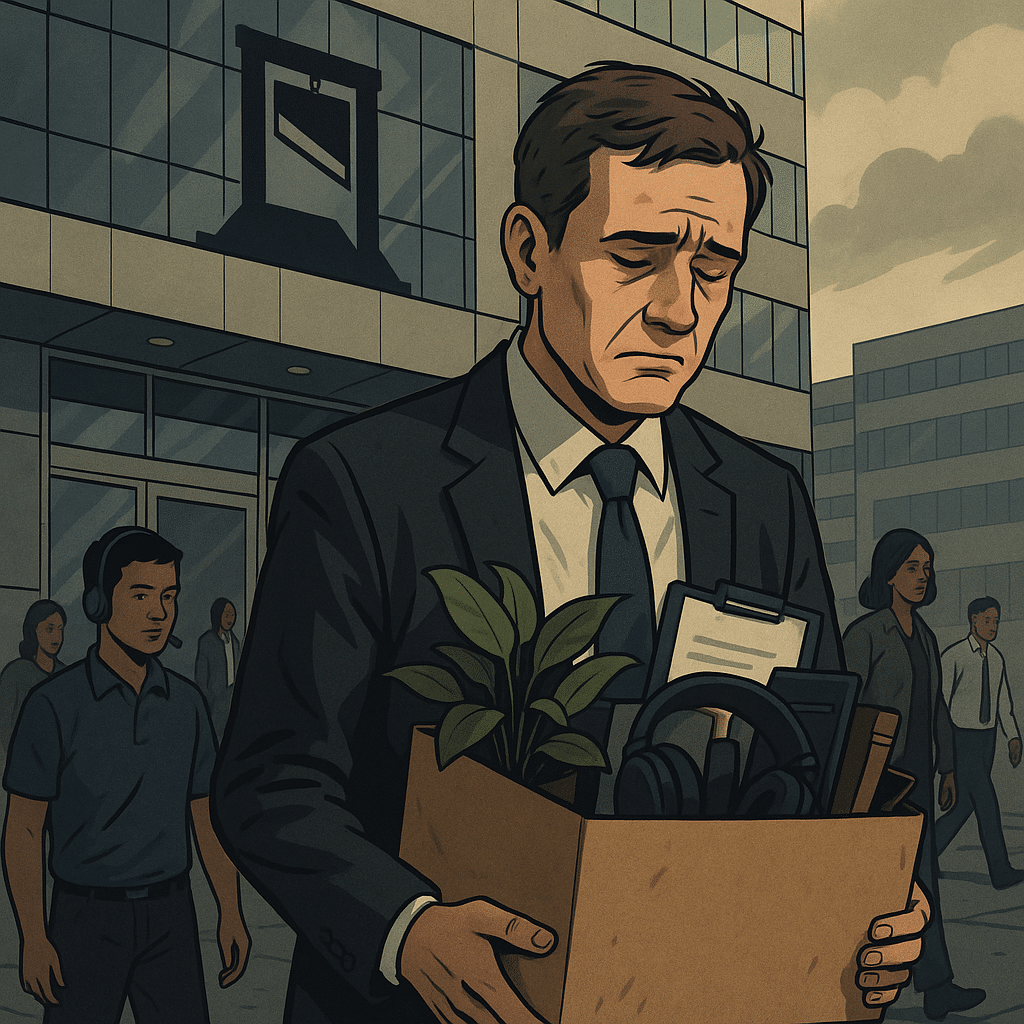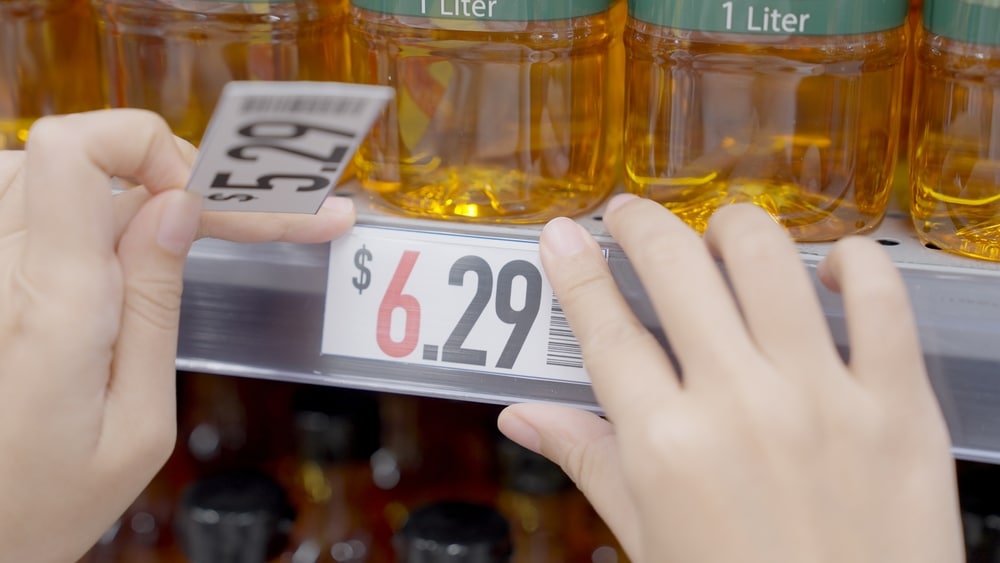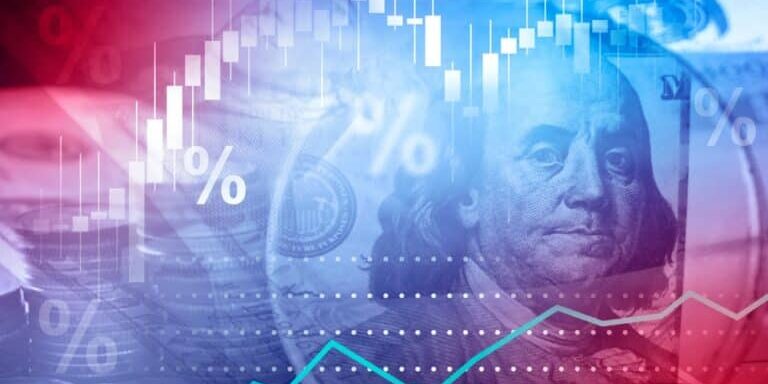
Beneath the Surface: Producer Prices Signal Calm—But Tariff Tempests Are Brewing
The Calm Before the Economic Storm
On the surface, May’s Producer Price Index (PPI) paints a picture of stability. Wholesale prices ticked up a meager 0.1%, a welcome reprieve from April’s deflationary dip of -0.24%. Over the past 12 months, PPI crept up 2.6%—a hair higher than April’s 2.5%—but nothing to set off alarm bells if you’re watching the world through Keynesian goggles.
But let’s cut through the fog. Stability in government-reported data rarely lasts when it's bought with debt, price controls, or geopolitical meddling. What looks like calm may in fact be a coiling spring beneath the floorboards.
Inflation Softens, But Cost Pressures Shift
Here’s what the bureaucrats won’t tell you: while aggregate numbers look mild, the composition of inflation is shifting—quietly, dangerously.
- Vehicle and machinery margins soared nearly 3% in May, padding the services component of the PPI. That’s not organic demand—it’s evidence of corporate pricing power being exercised under cover of benign headline inflation.
- Goods prices rose 0.2%, mainly due to rising tobacco and coffee prices. These aren't “luxuries”—they’re daily staples for millions. A society taxed on caffeine and nicotine is a society fraying at the edges.
Tariffs and the Return of Price Distortion
Beneath the "benign" inflation lies the deeper menace—tariff-driven cost distortion. Materials used in production climbed 1.9% year-over-year—the largest jump in two years. The chief culprit? Metals, and specifically aluminum.
- The Department of Labor cites a near 5% surge in aluminum prices—a direct result of aggressive tariff hikes: from 10% in March to 25%, and now an eye-watering 50% as of last week.
- A broad sub-index for non-ferrous metals has become a rollercoaster: +6% in March, down by half in April, now surging again. These aren’t market signals; they’re policy aftershocks from a government playing economic arsonist.
These metals are critical to everything from beer cans to aircraft. When their prices spike, the entire manufacturing chain starts to buckle. The lag between these cost shocks and retail inflation is real—but it is temporary.
Don’t Bet on the Fed’s Rosy View
Economists are now predicting the Fed’s cherished inflation measure—the Personal Consumption Expenditures Price Index (PCE)—will show just a 0.1% rise in May. But don't be fooled: this “core” figure excludes food and energy, precisely the items the average person can’t live without.
If this is the Fed’s gold standard, it’s fool’s gold.
The System is Rigged. Here's How to Escape It
The machinery of inflation is far more complex than a month-to-month PPI print. Between manipulated tariffs, inflated margins, and complicit central banks, the real costs are buried—and the real risks are growing.
If you’re still keeping your savings in fiat accounts vulnerable to policy errors and bank collapses, it’s time to get serious. Bill Brocius saw this coming. His book, The End of Banking As You Know It, is required reading for anyone trying to escape the inflation death spiral.
And if you’re not subscribed to Bill’s Inner Circle yet, you’re flying blind. It’s $19.95 a month—less than the monthly inflation rate on your groceries—and packed with tactical steps to guard your money.
Finally, download Bill’s free guide, 7 Steps to Protect Your Account from Bank Failure. Because when the next tariff shock or asset freeze hits, you’ll wish you had.
👉 Download the free guide now
👉 Subscribe to Bill’s Inner Circle
👉 Read The End of Banking As You Know It




